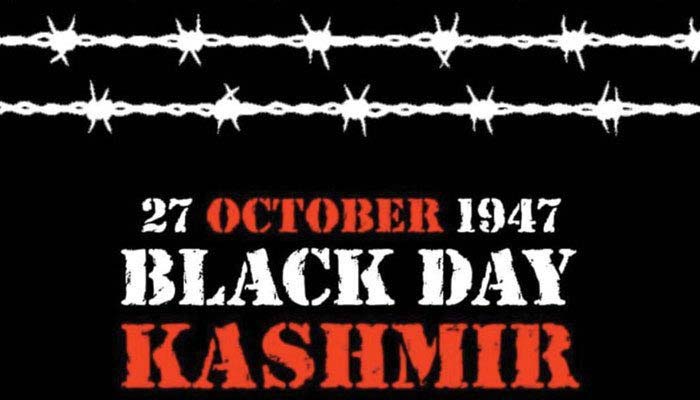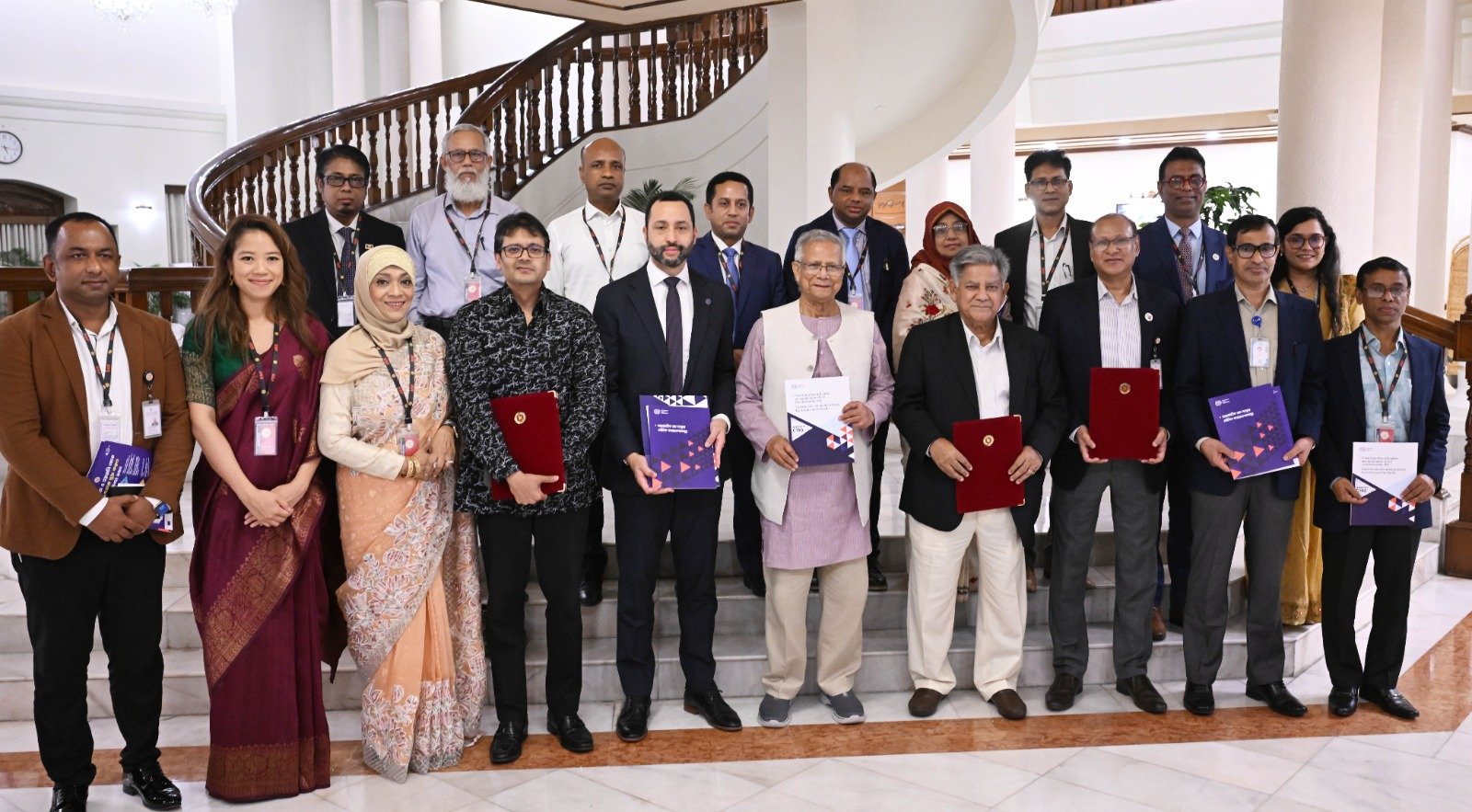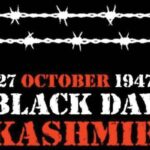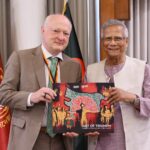
Moon Desk: The roots of Indian involvement in IIOJK trace back to the period before the partition of India and Pakistan. When the colonial powers decided to divide the subcontinent, the basic principle was clear: Muslim-majority areas were to join Pakistan, and Hindu-majority areas were to become part of India. However, a strategic maneuver by Indian leaders, in collusion with the British colonial authorities, resulted in the controversial allocation of the Muslim-majority district of Gurdaspur to India, giving it direct access to Kashmir. This move was pivotal in the Indian invasion of the region and set the stage for the turmoil that followed.
The real turning point came on October 27, 1947, when the Indian military formally entered Kashmir following the signing of the Instrument of Accession by Maharaja Hari Singh. This document was highly questionable, signed under duress and without the consent of the Kashmiri people. Even more questionable was the fact that the Instrument of Accession was sent to India on October 27 and signed by the Indian authorities on the same day, a physically implausible act given the distance between Jammu and Delhi. Despite these contradictions, India’s invasion of Kashmir marked the beginning of a long era of oppression, human rights violations, and political uncertainty for the people of Kashmir.
Lord Mountbatten, the last British Viceroy of India, accepted the Instrument of Accession, but only on the condition that the future of Kashmir would be decided by the will of its people through a plebiscite. However, it is evident that Mountbatten’s intervention, rather than a fair arbitration, tilted the scales in favor of India. He failed to ensure the implementation of the plebiscite, a decision that left the Kashmir issue unresolved and gave India the leeway to continue its military occupation of the region.
Since that fateful day, the people of Kashmir have faced an unbroken chain of suffering. The promise of a plebiscite, which was supported by various United Nations resolutions, was never honored. Indian leaders, including Prime Minister Jawaharlal Nehru, assured Pakistan of holding a plebiscite to allow the people of Kashmir to decide their own fate. Nehru’s letter to Pakistan on November 21, 1947, stated that Kashmiris should have the right to decide whether they wanted to accede to India or Pakistan. Despite these commitments, the plebiscite never materialized, with India consistently refusing to allow the people of Kashmir to exercise their right to self-determination.
As the years passed, Kashmiris endured unimaginable hardships, but the worst of it came in the form of massacres and brutal crackdowns by Indian forces. There is long list of massacres including Chota Bazar massacre, Kupwara massacre and Bijbehara massacre and killing of Kashmiri fighters like Burhan Wani.
The abrogation of Article 370 and Article 35A by the Indian government on August 5, 2019, further intensified the suffering of the Kashmiri people. These constitutional provisions had granted special autonomy to the region, and their removal effectively nullified Kashmir’s special status. This move was a clear violation of international law and the promises made by India in the past. It also paved the way for illegal demographic changes, with Indian settlers being encouraged to move into Kashmir, further displacing the local population and depriving them of their land, resources, and jobs.






